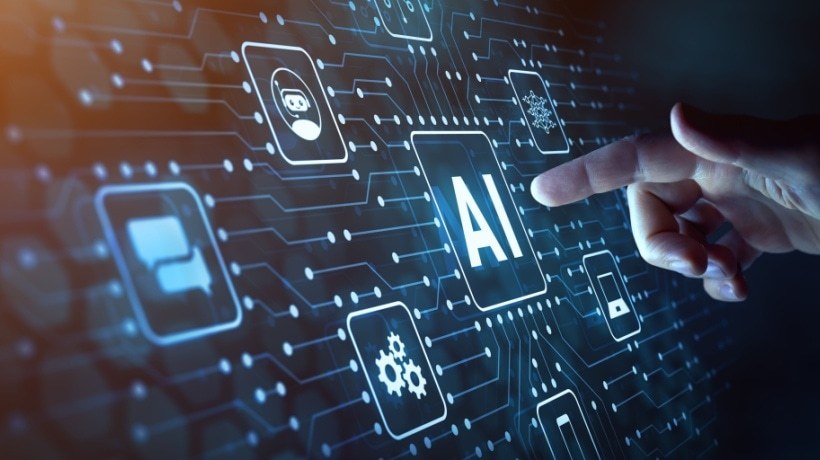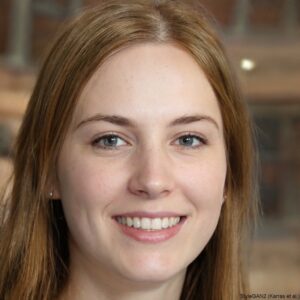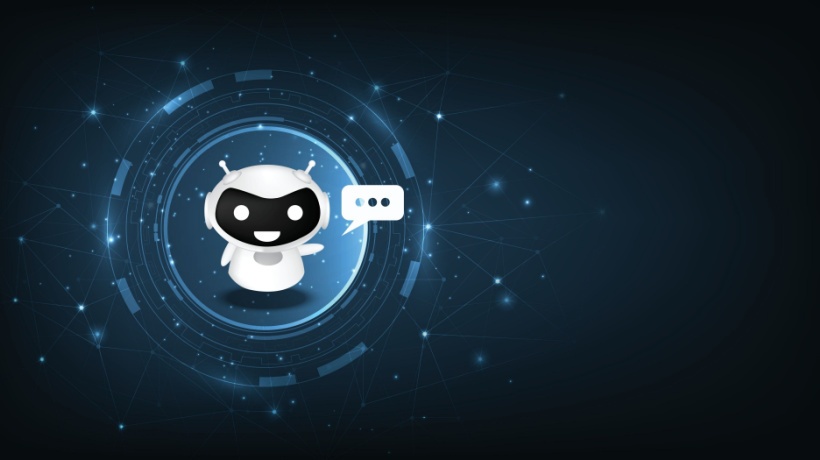Artificial Intelligence In The Classroom
Artificial intelligence (AI) is making headlines in newsrooms across the country. One of the latest trends we’ve seen is in the education system, and it’s made many people wary of the ramifications that using Artificial Intelligence in the classroom will have.
While AI can never replace human teachers, it can play a great role in the classroom. Read on to learn more.
Grading
Electronic grading has existed for many years in the form of computer tests and Scantron testing. The advancements in AI could allow teachers to hand off all assignments to an AI for grading so the teachers can spend more time with students individually and modify the curriculum to be more relevant for each class.
There are downsides to having an AI grade papers, though. It does require a constant internet connection to work effectively, and the AI itself is expensive. However, "the time saved in the classroom with an AI will ultimately pay for itself time and time again", states Joshua Adamson-Pickett of Business.org. Despite the cost and need for internet, AI makes for a phenomenal grading tool.
Tutoring
Teachers can’t be with their students 100% of the time, and that’s why tutors are important. Some students just need a little bit of extra help with the certain Subject Matter. For many introverted people, seeing a tutor can be daunting, and going to a tutoring lab can be even more unnerving. Working with an AI tutor can help those students with social or academic anxiety get the help and confidence they need to succeed in school.
Analytics (Curriculum, Teaching Style, Etc.)
Being able to adjust curriculum for individual classes helps teachers create an incredible advantage for students, especially because the many different learning and teaching styles don’t always work cohesively. An AI teaching assistant would be able to adjust to these factors, ensuring students can receive the most effective teaching methods for their learning style.
Trial And Error
Trial and error can be one of the most intimidating and grueling parts of education. Taking the guesswork out of teaching and learning can save time and frustration levels for both students and teachers. An AI can take all the time-consuming problems in a teaching-learning setting and solve these troubles instantly, freeing up the teachers’ and students’ time for other aspects of education.
An AI would also explain how it solved the problem to help educators and students mitigate the same situation in the future.
Virtual Reality
Virtual reality (VR) will be an integral part of the next generation’s educational experience. Imagine being able to transport students to ancient Rome and the Colosseum to learn about gladiators or to the Sahara Desert to teach kids about different climates or animals—all without spending a penny on travel or requiring teachers to be completely knowledgeable about the Subject Matter.
Immersive learning goes hand in hand with AI-assisted education, and VR has already increased students’ abilities to become completely immersed in a lesson. Price is still the biggest roadblock for VR and the educational system, but the longer these technologies are around, the cheaper they’ll become—this same thing happened with computers and phones, and it’ll likely happen with VR as the tech is integrated more into classrooms.
Cons
There are many different benefits to AI, but there are drawbacks as well, such as a lack of human connection. For example, the human aspect of education is infinitely valuable and can’t be replicated by AI—and the compassion and emotion a teacher brings can make all the difference in a student’s education.
While many technological advances have increased our quality of life, there is evidence that shows we have become more reliant on this technology. The same is said about AI. Educators could become more reliant on AI to craft curriculums and all other aspects of education and lose the most important part of educating: the human connection.
Artificial Ιntelligence has the potential to make teachers’ lives easier by giving extra educational assistance. While this might seem like a good way to improve the educational system, it does come with drawbacks. When considering the roles of AI in the classroom, all aspects of AI should be taken into consideration. However, you should weigh the benefits heavily as you inform yourself on this matter and determine if using AI in your classroom is worth it for you and your students.









